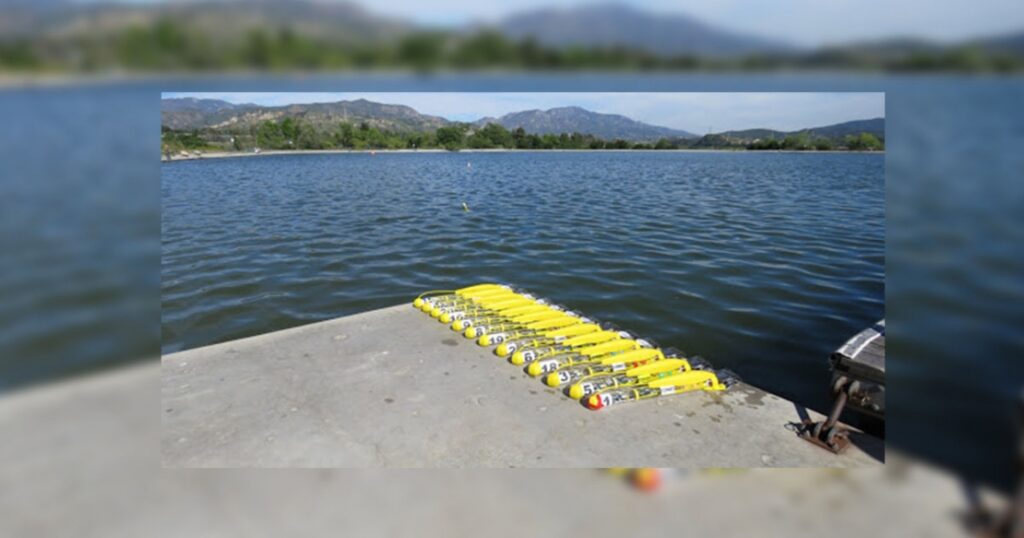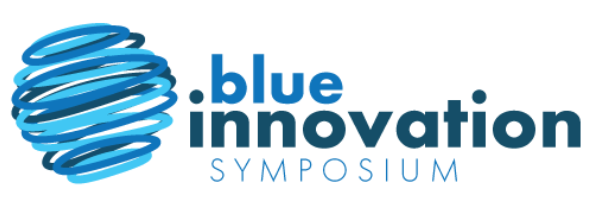
The Future of Dynamic Surveying
Flash Talks at the Blue Innovation Symposium—where individuals are given five minutes to deliver their elevator pitch for a product or service—are one of the most unique aspects of the event. One of the most compelling Flash Talks given at the January event in Newport, RI, was a presentation from Aquabotix that introduced the concept of synoptic data gathering and centered on using swarm technology to create dynamic mapping utilizing linked data.
This multi-unit data gathering concept is so far beyond the “mowing-the-lawn” single ASV approach as to be breathtaking. Swarm data gathering is effectively redefining gathering and delivering quality data. The power in this approach lies in the redundant, linked data gathered by multiple vehicles. Aquabotix designs and manufactures swarming micro-sized vehicles, that enable much more efficient data capture via a synoptic data gathering process. Up to 100 ultra-lightweight, ultra-portable vehicles, all under one operator, can launch from offshore, a vessel of opportunity, above, on or below water.
Rather than the aforementioned, static “mowing the lawn” approach to data gathering — start, back and forth, finish, then back and forth again and again until you complete said project. After completion, recover the unit and download your data. Two problems are inherent in this approach. What the vehicle measures when in one corner, and in the other corner when it finishes a transect, is not linked temporally. Something entirely different can be happening in part of the survey area and something else in another corner, but there is no connection or relationship between the two events and the data. The back-and-forth method is also incredibly inefficient.
With synoptic data gathering, which is enabled when you deploy multiple vehicles, across a survey area, there is a connection. The units dive together, collect data together, and the data is time-stamped with a GPS reference. As the units are temporally connected and synched, we are to simultaneously monitor what is happening in each area relative to every other area of the survey. This is a dynamic form of data mapping that is revolutionary. The data is transmitted in real-time, so there is no wait for a USV to be recovered — data has already been sent to operators, who are making real-time decisions based on that data.
The Aquabotix Flash Talk engaged the audience and presented one of the most innovative methods of data gathering presented at the Blue Innovation Symposium. Quite simply, we have seen the future of dynamic mapping and it will utilize swarm technology.
